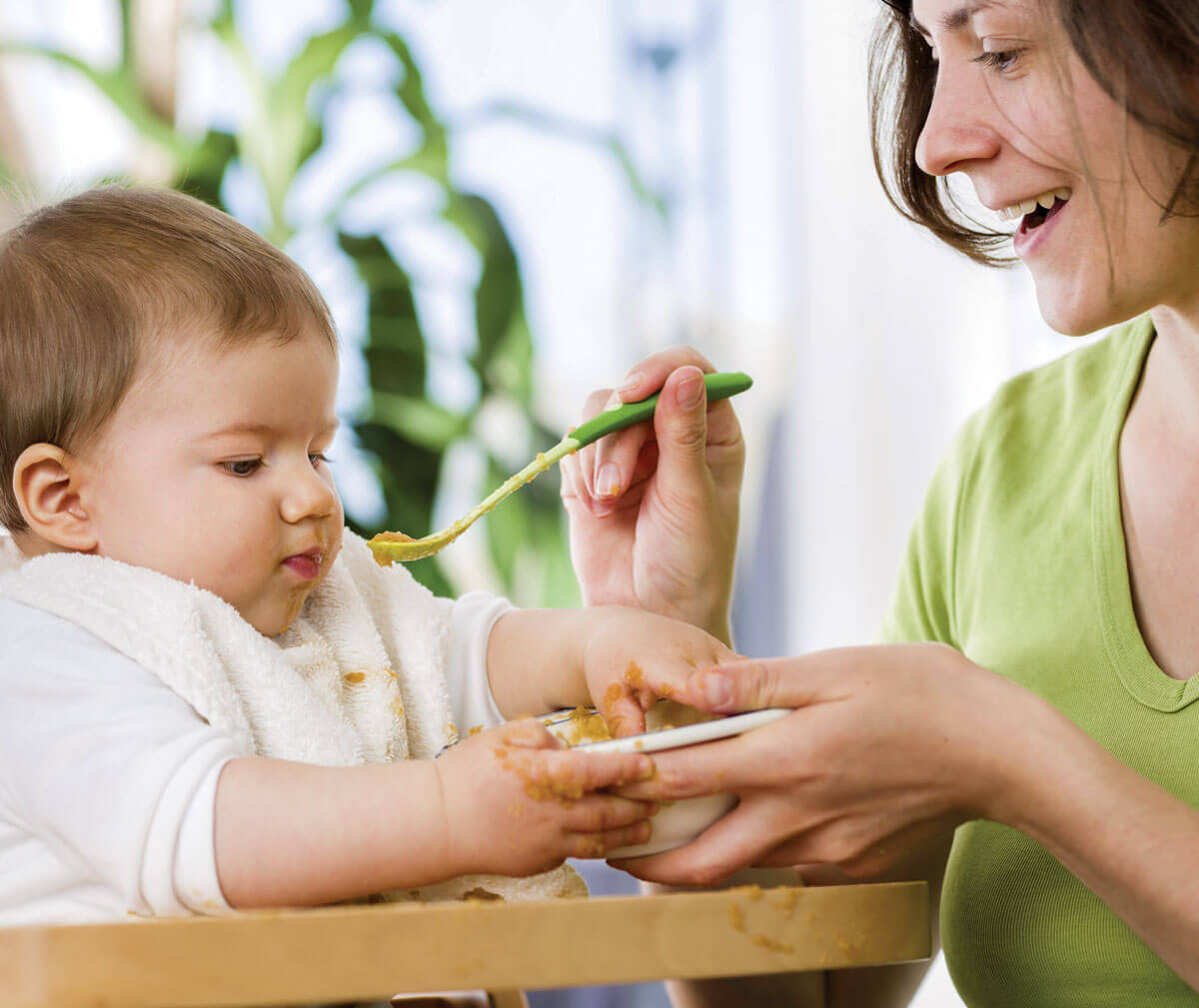How to feed your older baby solid foods
- Home
- Ellyn Satter
- Older Baby / Almost Toddler
- Infant Older Baby
- How to feed your older baby solid foods


How is feeding going?
What do you like about feeding?
What don’t you like?
Is there anything you would like to be different?
What and how are you feeding your baby?
Your baby will eat solid foods best when he feels he has a say in the matter. It gives him a say when you wait to start solids until he can sit up. Then he can open his mouth and lean forward when he wants to eat and turn away and lean back when he doesn’t. Let him touch his food and suck off his fingers, even if it makes a mess. That keeps him in control and lets him learn to feed himself.

© Ellyn Satter
HAND EXPRESSION
How it works
Use your hand to gently massage and compress your breast to remove milk.
What’s Involved
Average Cost
Free
Side-Lying Hold
This hold is useful when:
Cross-Cradle Hold
This hold is useful when:
Clutch or “Football” Hold
This hold is useful when:
Cradle Hold
This hold is useful when:
Laid-Back Hold
This hold is useful when: